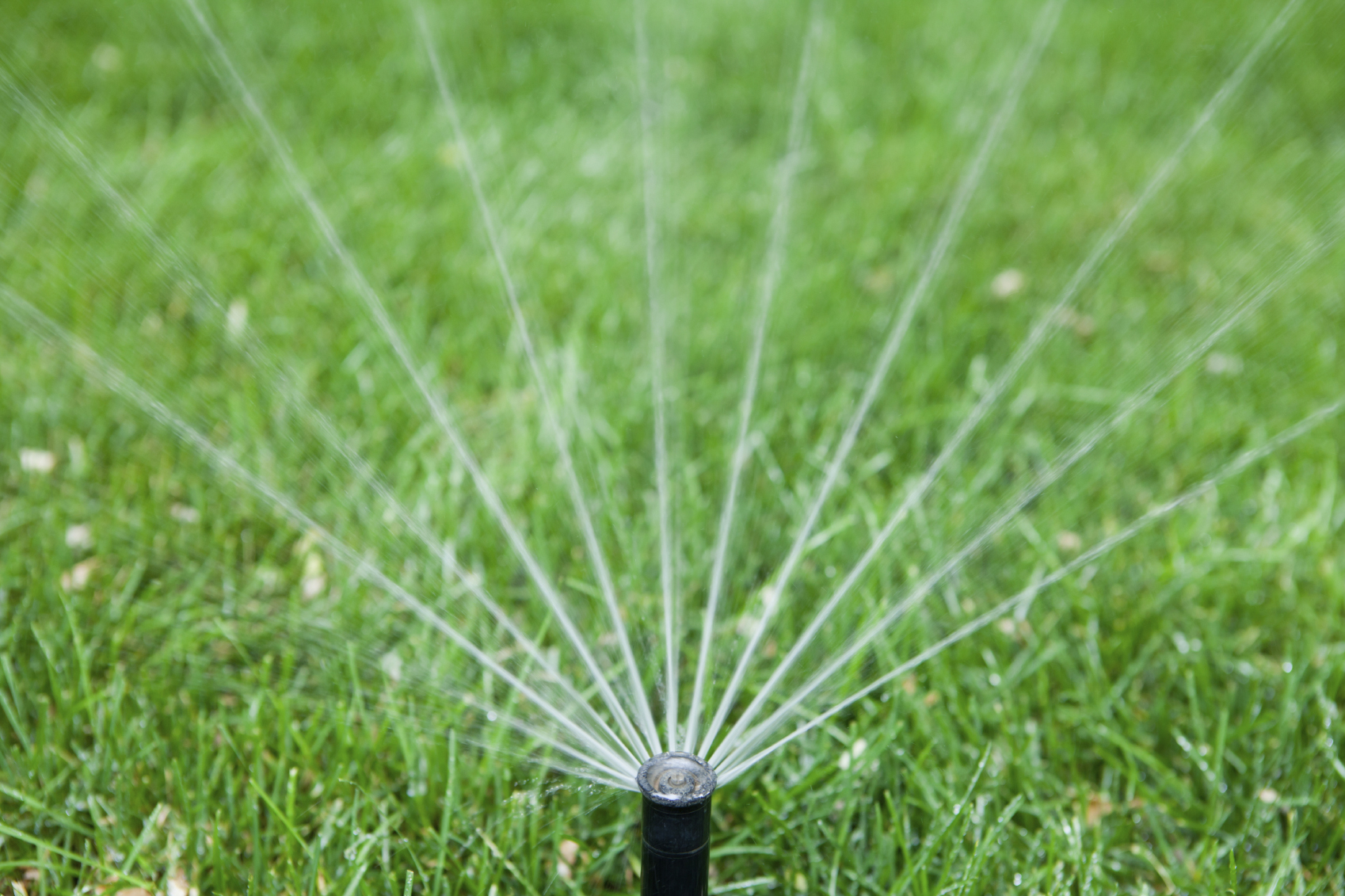
Sustainable Gardens: Water-Conserving Irrigation Solutions
Creating a lush and vibrant garden doesn’t have to come at the expense of excessive water usage. Embracing water-conserving irrigation methods is not only environmentally responsible but also crucial for sustainable gardening. In this guide, we’ll explore various solutions that will help you maintain a thriving garden while minimizing water consumption.
1. Water-Conserving Irrigation: A Link to Sustainability
For a comprehensive guide on water-conserving irrigation and sustainable gardening, visit Water-Conserving Irrigation. This resource provides insights into innovative methods and technologies for nurturing your garden while being mindful of water conservation.
2. Drip Irrigation Systems for Precision
Drip irrigation is a highly efficient method that delivers water directly to the base of plants, minimizing wastage. By using hoses or tubing with emitters, this system ensures that each plant receives the right amount of water, promoting healthy growth while conserving water.
3. Mulching to Retain Moisture
Mulching is a simple yet effective technique to reduce water evaporation from the soil. By covering the soil with organic materials like bark, straw, or compost, you create a protective layer that retains moisture, reduces the need for frequent watering, and prevents weed growth.
4. Smart Irrigation Controllers for Efficiency
Integrating smart irrigation controllers into your garden allows for precise control over watering schedules. These devices use weather data and soil moisture sensors to optimize watering times, ensuring your garden receives water only when necessary.
5. Rain Barrels for Rainwater Harvesting
Rain barrels provide an eco-friendly solution for collecting and storing rainwater. Install these barrels beneath your downspouts to capture rainwater, which can then be used for irrigating your garden. It’s a sustainable practice that reduces reliance on traditional water sources.
6. Native and Drought-Tolerant Plants
Choose native plants and those adapted to your region’s climate as they are more likely to thrive with minimal water requirements. Drought-tolerant plants have evolved to withstand dry conditions, making them ideal for water-conserving gardens.
7. Soil Moisture Sensors for Precision Watering
Installing soil moisture sensors in your garden helps you gauge the moisture content in the soil. This data allows for more accurate watering decisions, preventing overwatering and ensuring that your plants receive water precisely when needed.
8. Hydrozoning for Efficient Watering Zones
Hydrozoning involves grouping plants with similar water needs together. By creating zones based on water requirements, you can customize your irrigation system to deliver the right amount of water to each zone, avoiding water waste on plants with different needs.
9. Permeable Hardscapes for Water Absorption
Incorporate permeable materials in your garden’s hardscape, such as permeable pavers or gravel paths. These materials allow rainwater to be absorbed into the ground rather than running off, contributing to the natural irrigation of your garden.
10. Regular Monitoring and Adjustments
Consistent monitoring of your garden’s water needs is crucial. Regularly check for signs of overwatering or underwatering, and adjust your irrigation system accordingly. Being proactive in making adjustments ensures optimal plant health and efficient water use.
In conclusion, water-conserving irrigation is a fundamental






![Everything You Need to Know Hermes’ [Bag Name] Everything You Need to Know Hermes’ [Bag Name]](https://images.unsplash.com/photo-1507666664345-c49223375e33?fm=jpg&q=60&w=3000&ixlib=rb-4.0.3&ixid=M3wxMjA3fDB8MHxzZWFyY2h8MTN8fGhlcm1lcyUyMHBhcmlzJTIwYmFnfGVufDB8MHwwfHx8Mg%3D%3D)

